Did you know some rattlesnakes can go months without eating after a big meal? Their slow digestion helps them conserve energy for weeks or even months!
Rattlesnakes are wild animals with cool body parts, strong hunting skills, and ways to live in hot and cold places.
They are not just about scary rattles or sharp fangs; there is a lot more to them if you take a closer look.
Keep reading to explore some of the most interesting and little-known facts that show what makes rattlesnakes so smart and special.
1. Heat-Sensing Pits and Pit Viper Family
Rattlesnakes belong to the pit viper family and have specialized heat-sensing pits between their eyes and nostrils.
These pits detect infrared radiation from warm-blooded prey, allowing rattlesnakes to hunt effectively even in darkness.
This adaptation is vital for both defense and catching food, and they typically do not waste venom on people unless threatened.
2. Native Range and Habitat Diversity
Rattlesnakes are native to North, Central, and South America. They thrive in deserts, forests, grasslands, rocky areas, and wetlands.
Primarily found in warm climates, they are especially common in the southwestern U.S., including Texas and Arizona.
Their ability to adapt to various habitats helps them survive in diverse environments with good hiding spots.
3. Arizona’s Rattlesnake Diversity
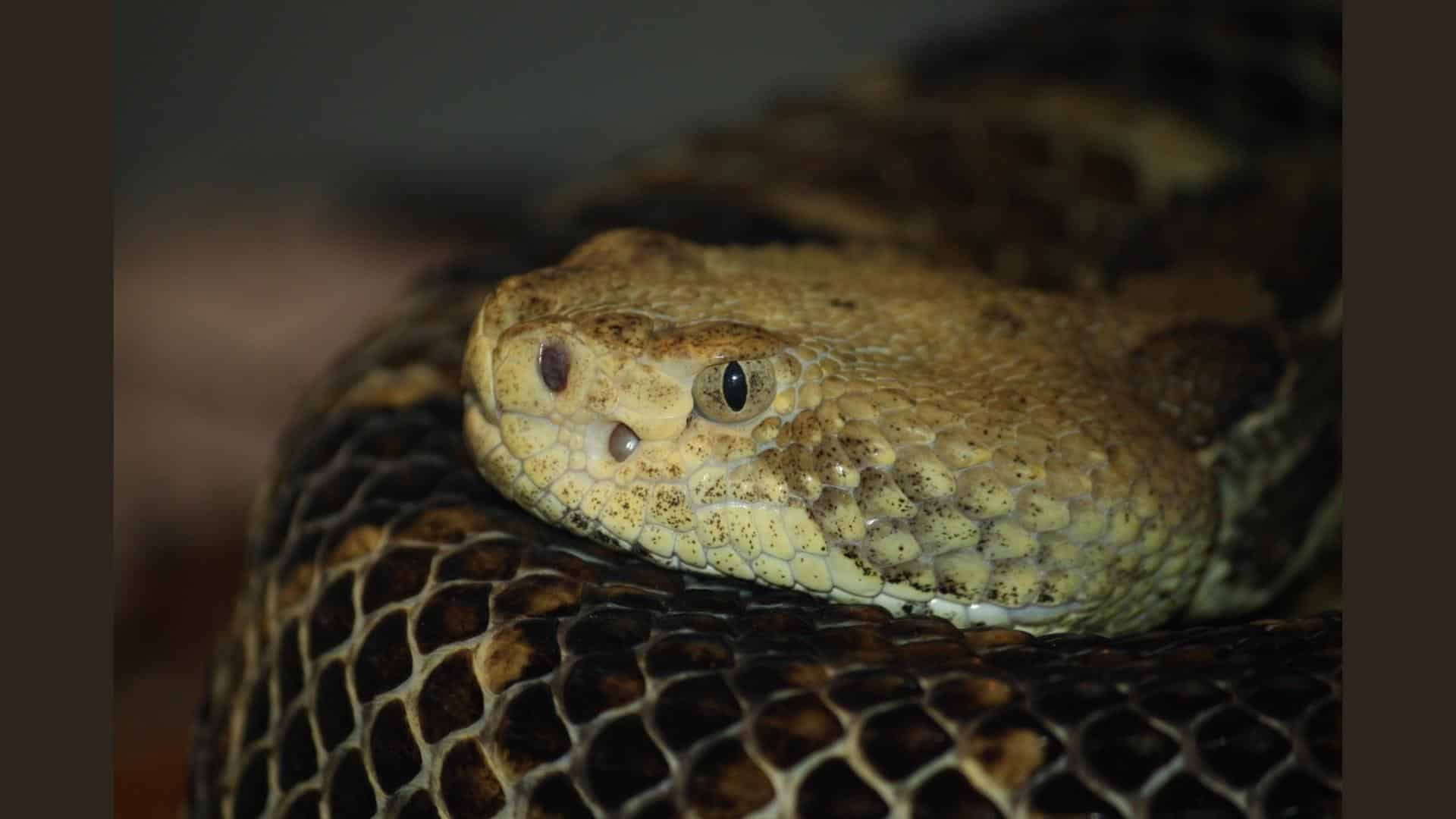
Arizona boasts the highest diversity of rattlesnake species in the United States.
- Approximately 14–15 species are found here.
- Habitats include deserts, forests, and rocky slopes.
- The state’s warm climate and mix of environments provide ideal conditions for these snakes, supporting both common and rare species.
4. Cold-Blooded Nature & Temperature Preferences
As cold-blooded reptiles, rattlesnakes regulate their body temperature based on their environment. They bask in the sun to warm up and seek shade or burrows to cool down.
Active mostly when temperatures range between 70°F and 90°F, they slow down in colder weather and hibernate communally in dens during winter months to conserve energy.
5. Tail Rattle Structure and Purpose
| Feature | Description |
|---|---|
| Composition | Hollow, dry skin segments that form a rattle |
| Sound Mechanism | Segments knock together when the tail is shaken |
| Purpose | Warns predators and people to keep their distance |
| Growth Pattern | A new segment is added each time the snake sheds skin, but segments can break over time. |
This unique warning system helps rattlesnakes avoid unnecessary conflict.
6. Warning Signal Through Rattling
The rattlesnake’s buzzing tail serves as a clear warning to predators and humans. This alert usually prevents attacks by signaling that the snake feels threatened.
Using this non-aggressive communication lets rattlesnakes avoid biting, protecting both themselves and potential threats.
7. Rattlesnake Growth & Age Misconception
Many believe rattlesnake age can be told by counting rattle segments, but this is inaccurate because:
- New segments form each time the snake sheds its skin; the frequency of shedding varies by growth rate.
- Segments often break off.
Hence, rattles give partial growth history but aren’t reliable for age estimation.
8. Diet: Adult and Juvenile Differences
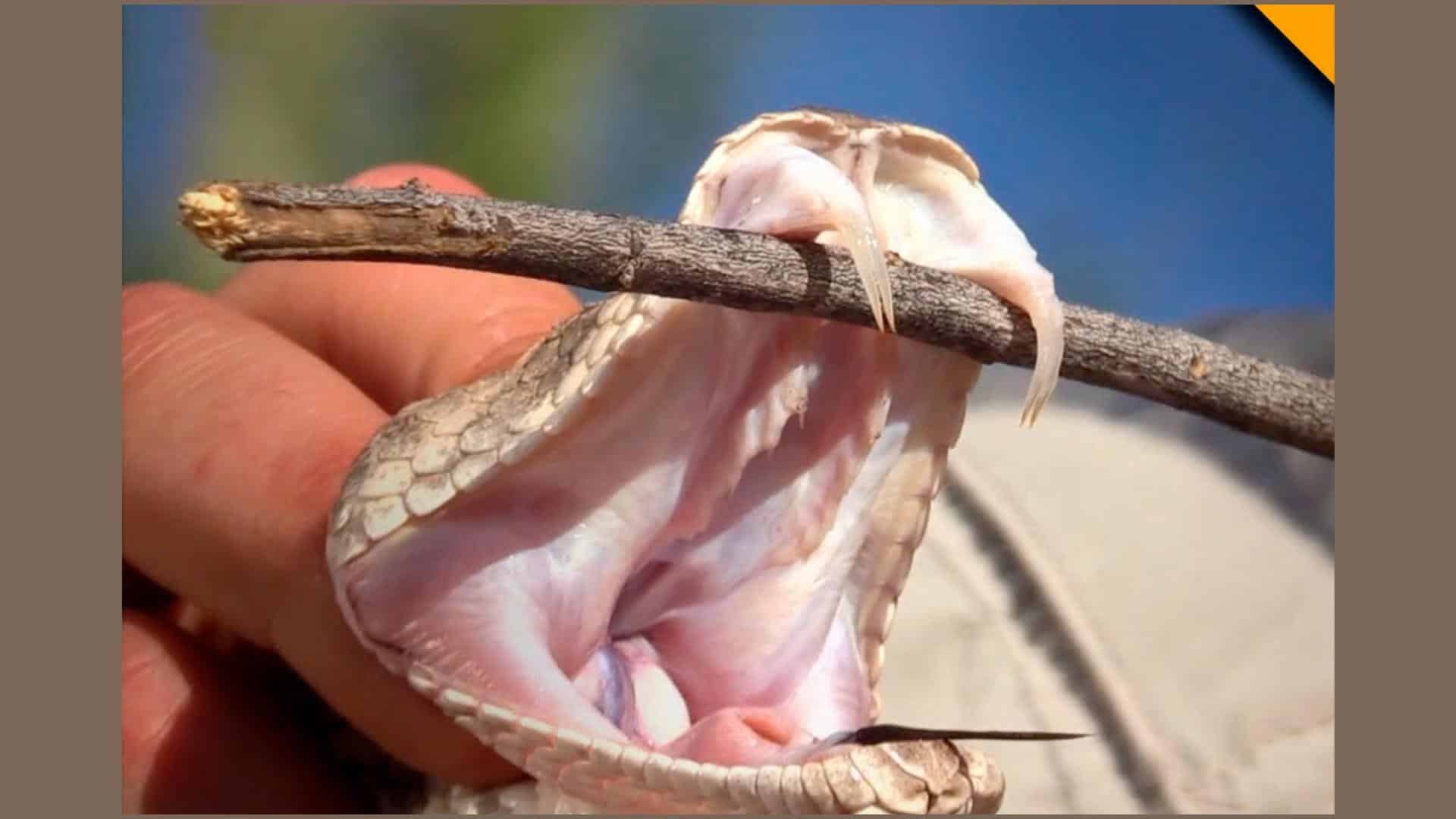
Adult rattlesnakes primarily consume rodents like mice and rats, along with rabbits, lizards, and birds.
They inject venom, then track their prey before eating.
Juveniles differ by preying on smaller animals like insects and small frogs, and use their brightly colored tail tips to lure prey within striking distance.
9. Retractable and Replaceable Fangs
Rattlesnake fangs remain folded inside the mouth until they strike, when the fangs flip forward to deliver venom efficiently.
They continuously grow backup fangs to replace broken or worn ones, ensuring the snake rarely lacks functional fangs for hunting or defense throughout its life.
10. Venom Types and Roles
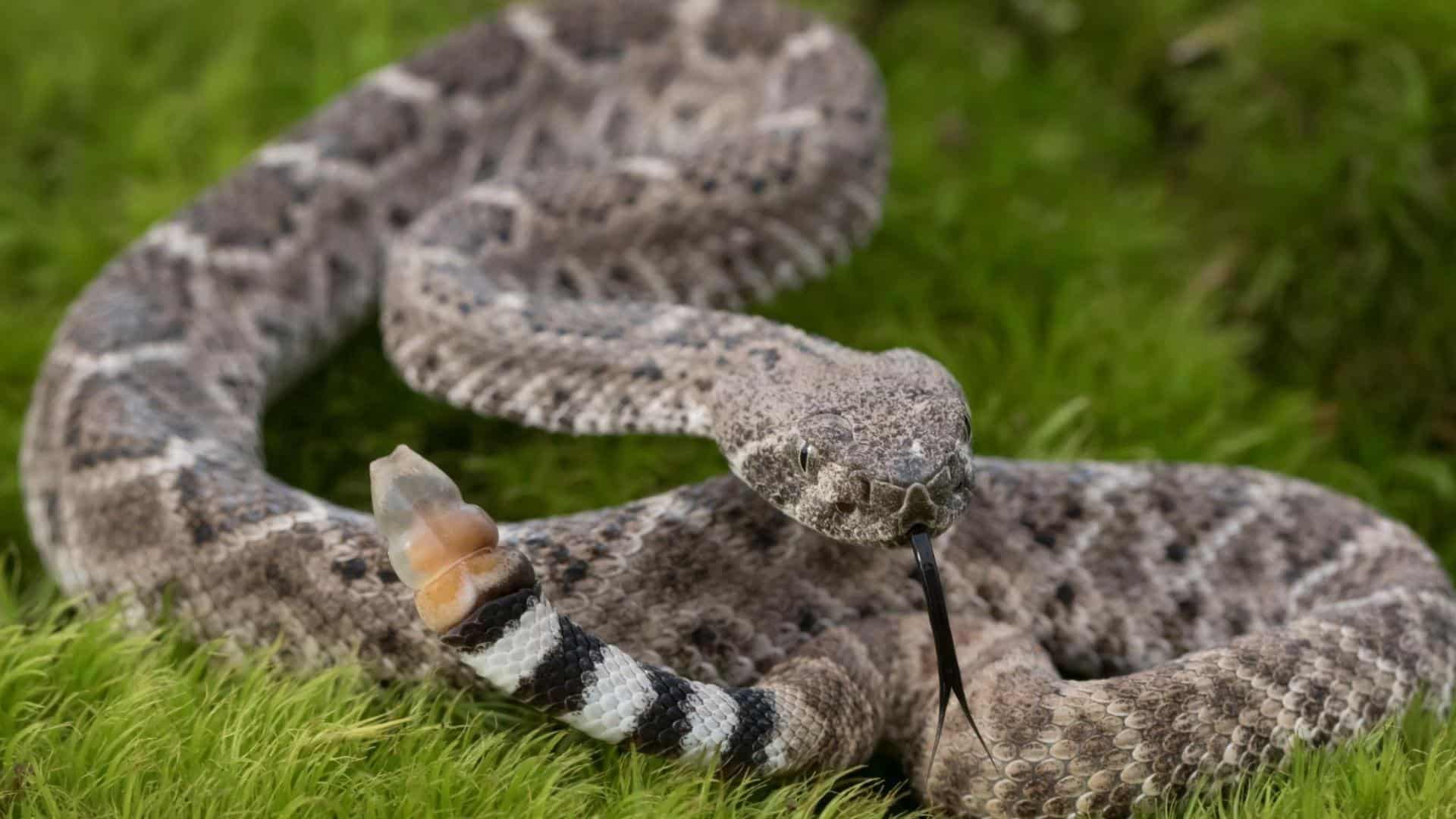
Rattlesnake venom may be hemotoxic (destroying blood cells and tissues), neurotoxic (affecting nerves and muscles), or a combination, varying by species.
Venom aids in quickly immobilizing prey, starting digestion, defending the snake, and helping juveniles practice hunting, improving survival chances.
11. Dry Bites and Generally Non-Aggressive Behavior
Sometimes rattlesnakes deliver dry bites, bites without venom injection, usually as a warning.
They generally avoid confrontation, preferring to stay still or rattle before biting.
This calm nature means snakes often retreat rather than attack unless they feel cornered or startled.
12. Nocturnal Hunting Habits
Rattlesnakes tend to hunt at night, especially in hot weather, which helps them avoid daytime heat and predators.
Utilizing their heat-sensing pits, they silently track warm-blooded prey in darkness.
This nocturnal activity promotes their success and safety in various environments.
13. Communal Hibernation Behavior
During cold months, rattlesnakes hibernate communally in dens called hibernacula. They often return annually to the same den, which may be located under rocks or within caves.
Clustering conserves warmth and reduces energy use during prolonged inactivity, boosting survival through winter cold.
14. Skilled Climbers and Swimmers
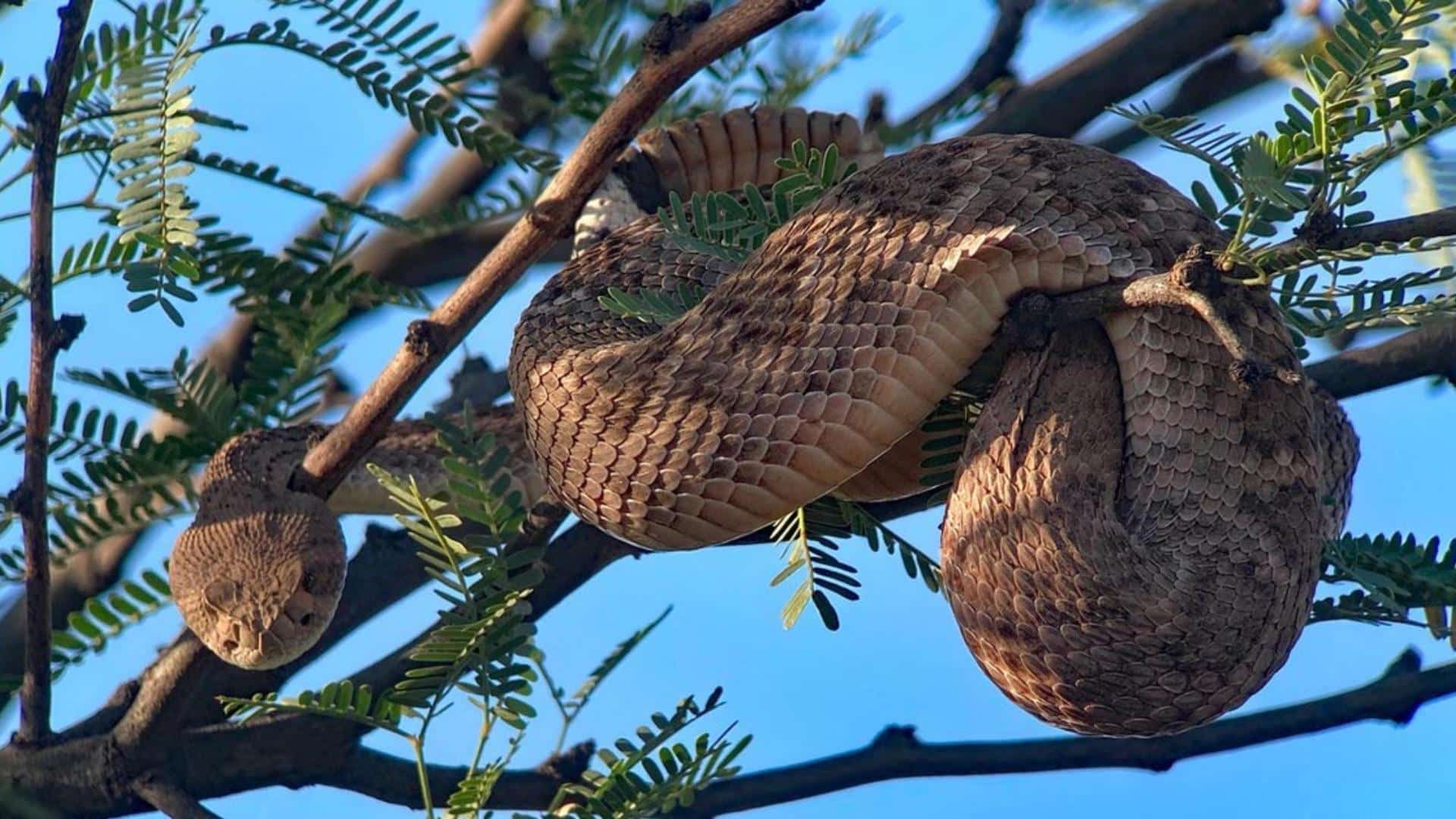
Despite common belief, rattlesnakes are capable climbers, using strong muscles and textured scales for grip.
They are also proficient swimmers, using side-to-side motions to travel through water bodies.
These skills help them explore new food sources, evade threats, and access varied habitats unpredictably.
15. Lifespan in The Wild
Wild rattlesnakes generally live between 10-15 years. Longevity depends on environment, food, and safety. Favorable conditions can extend life beyond 20 years.
Their ability to stay hidden and conserve energy helps them survive threats and reproduce several times in their lifetime.
16. Ecological Importance
Rattlesnakes play a crucial role in ecosystems by controlling rodent populations, which helps protect crops and reduce disease spread.
They serve as prey for birds of prey and mammals, contributing to the food chain. Additionally, rattlesnake venom is a valuable resource in medical research, aiding the development of important medicines.
17. Venom’s Role in Survival and Feeding
Venom is vital for rattlesnake survival. It quickly immobilizes prey, making hunting efficient and reducing injury risks. Venom also begins digestion before consumption, shortening the struggle time.
Besides hunting, venom acts as a defense when threatened and allows young snakes to practice hunting safely.
Its multi-purpose function improves their ability to thrive in the wild.
18. Dry Bites: Venom Conservation Strategy
| Aspect | Details |
|---|---|
| Definition | A bite without venom injected |
| Purpose | Warns of the threat without wasting venom |
| Occurrence | More common in defensive encounters with humans |
| Importance | Shows snakes prefer caution over aggression |
Dry bites still require medical attention, but highlight rattlesnakes’ preference to conserve venom for hunting.
19. Generally Non-Aggressive Nature
Rattlesnakes tend to avoid conflict unless provoked. They usually remain still or warn by rattling before biting. This non-aggressive behavior helps prevent unnecessary harm to both snakes and humans.
Most bite incidents occur because the snake feels trapped or startled, not because it is naturally hostile.
20. Nocturnal Hunting for Efficiency
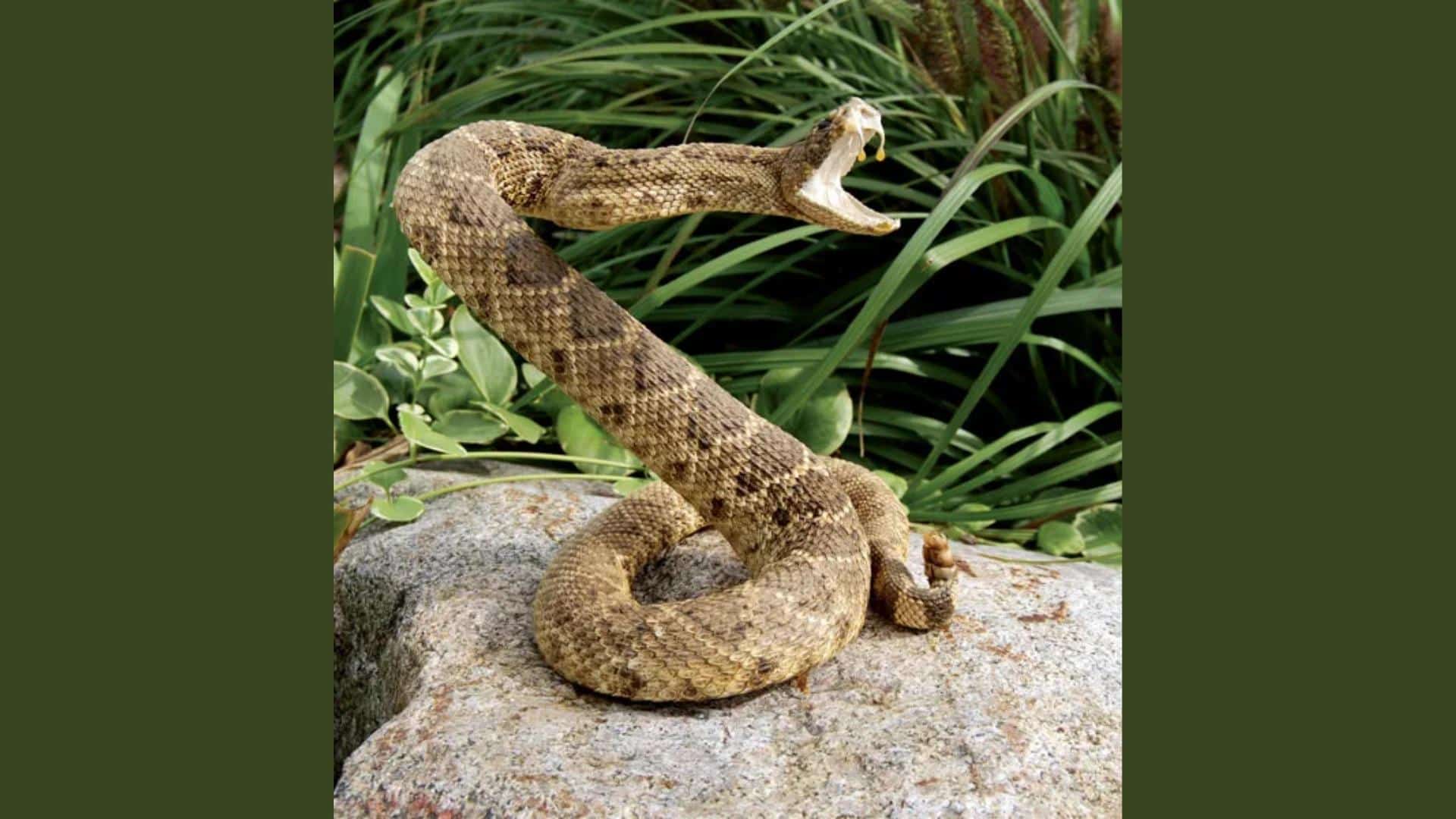
Active mostly at night, rattlesnakes hunt in cooler temperatures to avoid daytime heat and predators.
Their heat-sensing pits allow them to track and strike warm-blooded prey in the darkness silently.
This nocturnal habit protects their energy and increases hunting success, showcasing a key behavioral adaptation.
21. Communal Hibernation for Warmth
In cold weather, rattlesnakes gather in groups within dens called hibernacula.
They often return annually to these protected spots under rocks or in caves.
Clustering conserves warmth and reduces energy use during prolonged inactivity, boosting survival through winter cold.
22. Climbing and Swimming Skills
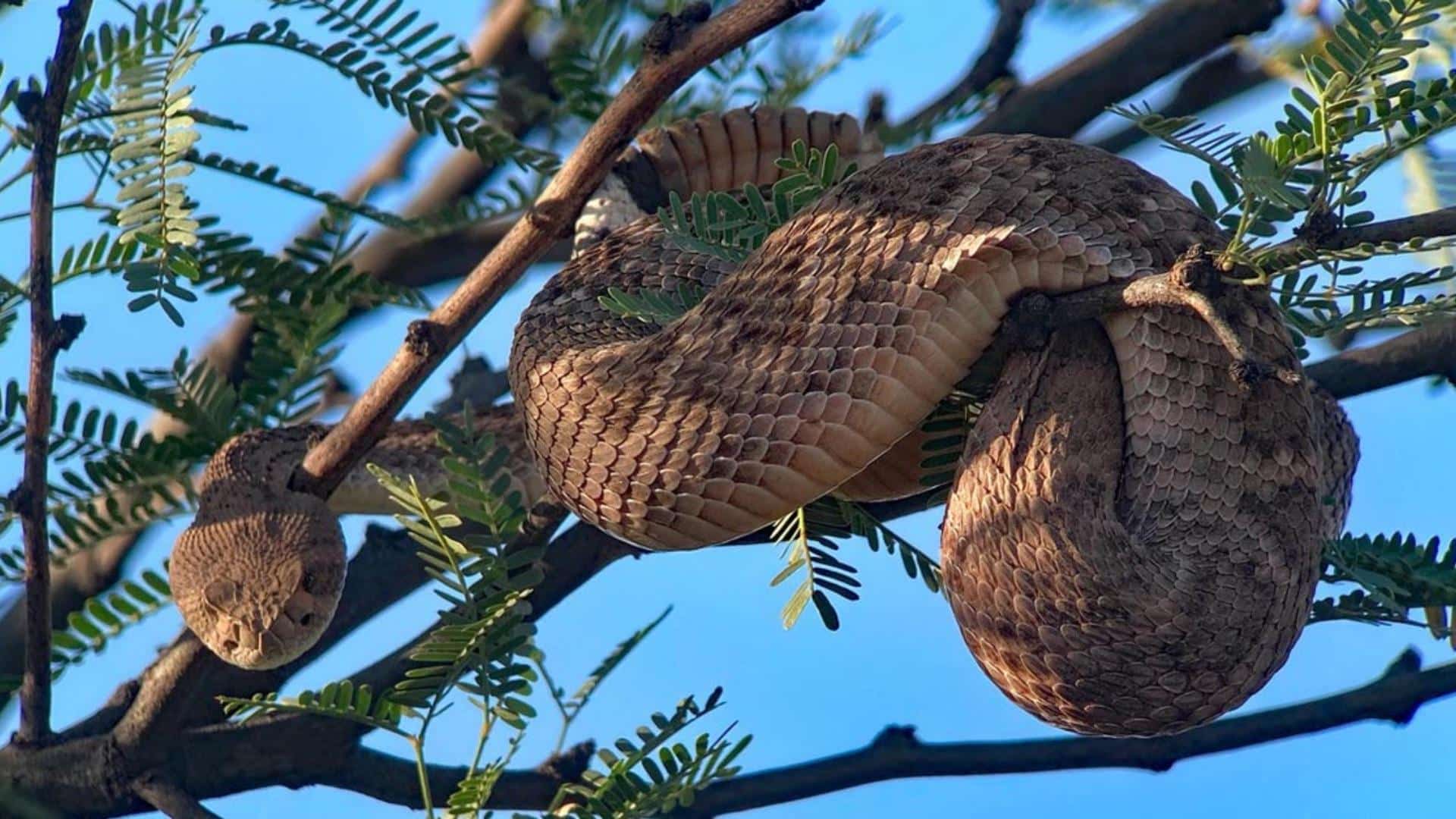
Many rattlesnakes can climb trees and rocky surfaces using muscular strength and textured scales for grip.
They are competent swimmers as well, using side-to-side motions to go to water bodies.
These skills help them explore new food sources, evade threats, and access varied habitats unpredictably.
23. Lifespan Variability in The Wild
With an average wild lifespan of 10-15 years, rattlesnake longevity depends on environment, food, and safety. Favorable conditions can extend life beyond 20 years.
Their ability to stay hidden and conserve energy helps them survive threats and reproduce several times in their lifetime.
24. Benefits to Ecosystem and Humans
Rattlesnakes help maintain natural balance by controlling rodent populations, which protects crops and limits diseases.
They are prey for birds of prey and mammals, contributing to the food chain.
Additionally, rattlesnake venom is a valuable resource in medical research, aiding the development of important medicines.
25. Adaptability Across Environments

Rattlesnakes display remarkable adaptability, thriving in deserts, forests, rocky hills, and wetlands.
Their versatility in hunting, climbing, swimming, and temperature regulation allows them to inhabit diverse ecosystems successfully.
Moreover, this adaptability is key to their survival across wide geographic ranges.
The Bottom Line
Rattlesnakes are smart, strong, and built to survive in many places. They use heat-sensing pits, special venom, and cool skills to stay safe and hunt.
They are not just snakes with noisy tails, rather they are careful, clever, and full of surprises once you learn how they live.
Learning about animals like rattlesnakes helps us see how every creature has a job in nature and special ways to live.
Which rattlesnake fact surprised you the most? Share your favorite in the comments below.
We would love to know!















